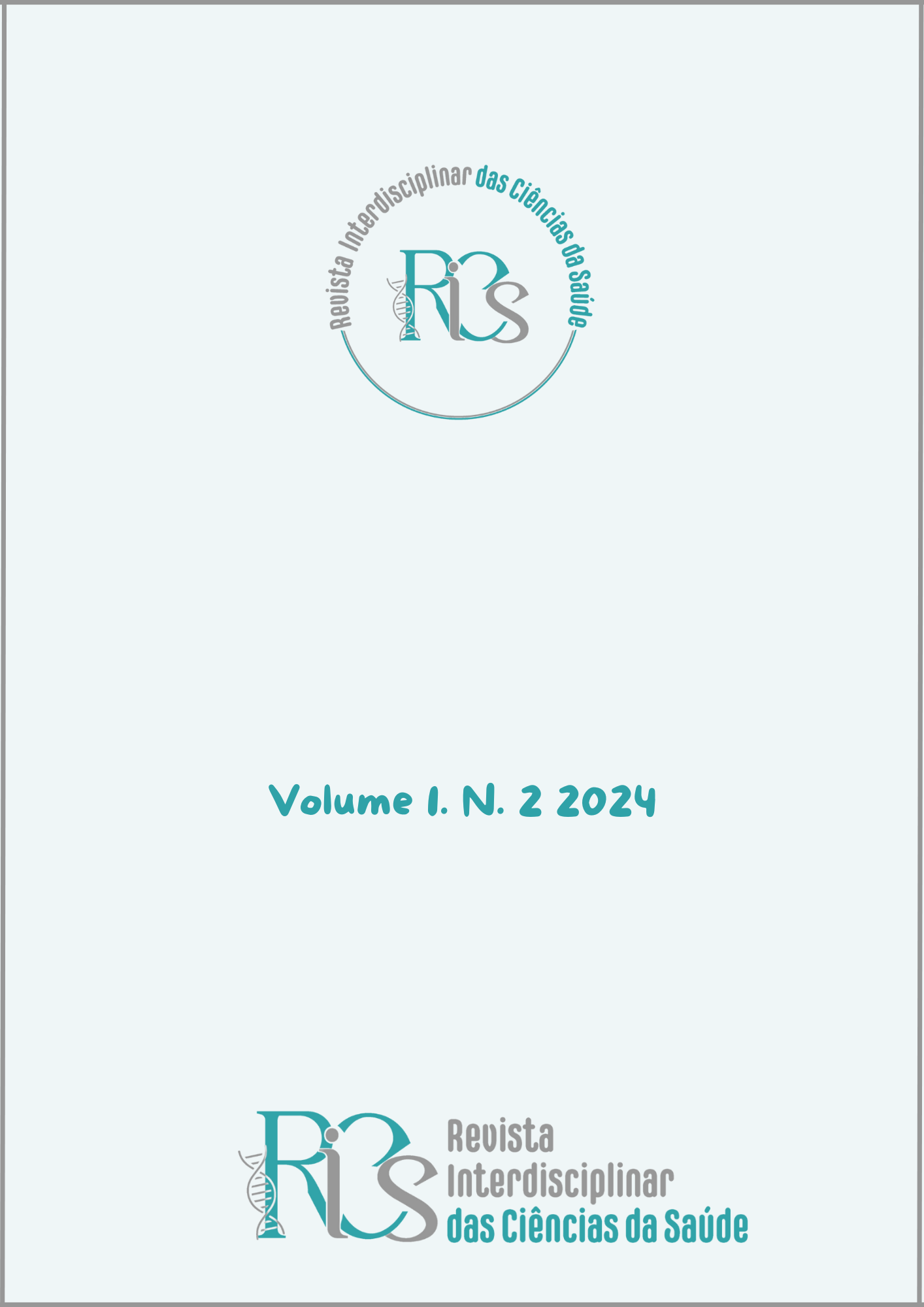SOME REFLECTIONS ON THE ADVERSE EFFECTS OF CONTINUOUS EPIDURAL ANALGESIA
DOI:
https://doi.org/10.70209/rics.v1i2.40Keywords:
Continuous epidural analgesia, Efficacy, Adverse effects, Risk factorsAbstract
Continuous epidural analgesia is effective in pain control, providing prolonged relief and enhancing patients’ quality of life. However, it is crucial to monitor adverse effects, such as hypotension and urinary retention, as well as associated risk factors like catheter-related complications and improper technique. Careful management of these aspects is essential to balance the benefits of continuous epidural analgesia with patient safety and comfort. The objective of this systematic review is to analyze the efficacy of continuous epidural analgesia, identify its adverse effects, and evaluate the associated risk factors to improve clinical practice and pain management The scientific databases Scopus and PubMed were used for article selection, with the following English keywords: “Continuous epidural analgesia, Efficacy, Adverse effects, Risk factors.”. Continuous epidural analgesia is widely recognized for its effectiveness in pain management, providing significant advantages in terms of pain control compared to other modalities. Its efficacy is well-documented, offering prolonged relief and improving patients’ quality of life. However, associated adverse effects, such as hypotension and urinary retention, and risk factors involved, such as improper technique and catheter-related complications, must be carefully monitored to minimize negative impacts. Balancing benefits and risks is essential to optimizing pain management with continuous epidural analgesia and ensuring patient safety and comfort.





